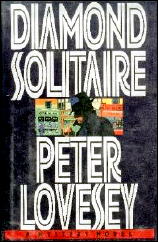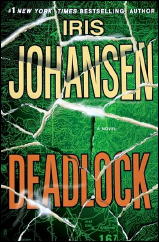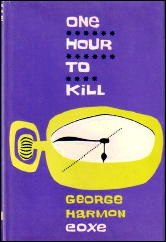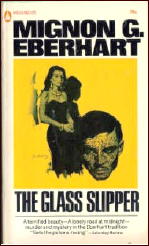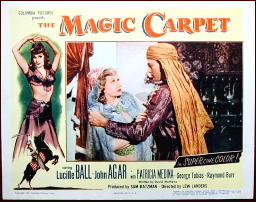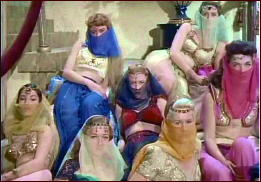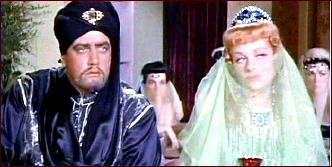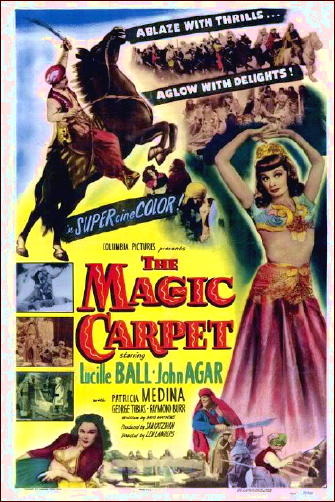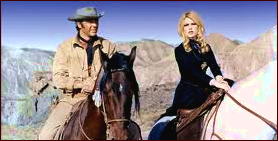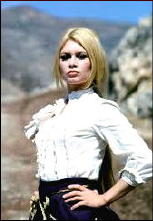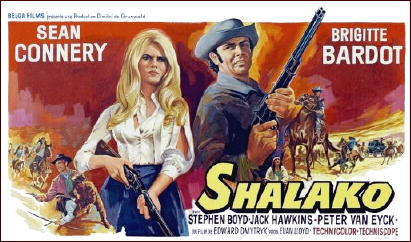Tue 17 Aug 2010
Reviewed by LJ Roberts: JENNIFER LEE CARRELL – Haunt Me Still.
Posted by Steve under Reviews1 Comment
Reviews by L. J. Roberts
JENNIFER LEE CARRELL – Haunt Me Still. Dutton, hardcover, April 2010; trade paperback reprint: Plume, February 2011. Published in the UK as The Shakespeare Curse, as by J. L. Carrell: Sphere, softcover, January 2010.

Genre: Amateur sleuth. Leading character: Kate Stanley; 2nd in series. Setting: Scotland.
First Sentence: Wrapped in a gown of blue-green velvet trimmed with gold, a queen’s crown on his head, the boy sat drowsing on the throne near the center of the Great Hall, just at the edge of the light.
Shakespeare scholar turned stage director Kate Stanley has been asked to meet Lady Nairn, formerly actress Janet Douglas. Lady Nairn wants Kate to direct a new production of the Scottish play incorporating the collection of valuable artifacts linked to the play collected by her late husband.
The play, and Shakespeare’s talent, has always been linked to the occult, including rumors of a still-existing first version of the play which includes actual magical spells. Theater, the occult, kidnapping and murder have Kate on the run to save another’s life as well as her own.
Ms. Carrell’s very compelling opening is set in 1606 and creates an immediate atmosphere of suspense. While most of the story takes place in the present, the scenes in the past provide historic detail important to the story.

Ms. Carrell’s level of knowledge and research done on all the subjects is clear and appreciated. If anything, other than the protagonist, the details are inclined to overwhelm the characters. This would normally be a very big deal but here, I didn’t actually mind.
Her protagonist, Kate, is both someone you’d like to be, but not. She’s smart, tough and independent, but vulnerable and does have her own TSTL (too stupid to live) moment.
Each of the other characters was distinct enough never to be confusing. A couple of the secondary characters were ones to whom I felt particularly attached. For me, having that empathy is critical.
Ms. Carrell has a wonderful narrative voice with evocative descriptions — “…her face lined with the fine-china crackling of very fair skin in old age.” — which captivates and carries you off into the story.
Whether in the past or present, the scenes were wonderfully, sometimes gruesomely, visual. Carrell expertly walked that fine line between making the reader want to be there, and happy they were not.
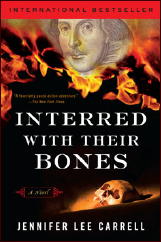
There is a Dan Brown-ish aspect to the plot in that the last part of the book is a race against time, looking for a secret item, but this felt more possible to me. Yes, there was one rather large hole in the plot and rather too many coincidences, but it was also suspenseful; exciting and fascinating with a huge edge-of-the-seat grip to it.
I’m not certain this book would appeal to everyone. Because it is so information focused, some might find the historical and non-character background slows the pace of the story. However, for those with some knowledge and love of English history, occult, mythology, Shakespeare, this is a very good, very exciting read.
Rating: Very Good Plus.
Editorial Comment: The first appearance of Kate Stanley, Interred with Their Bones (aka The Shakespeare Secret) was reviewed here on this blog by David Vineyard.
